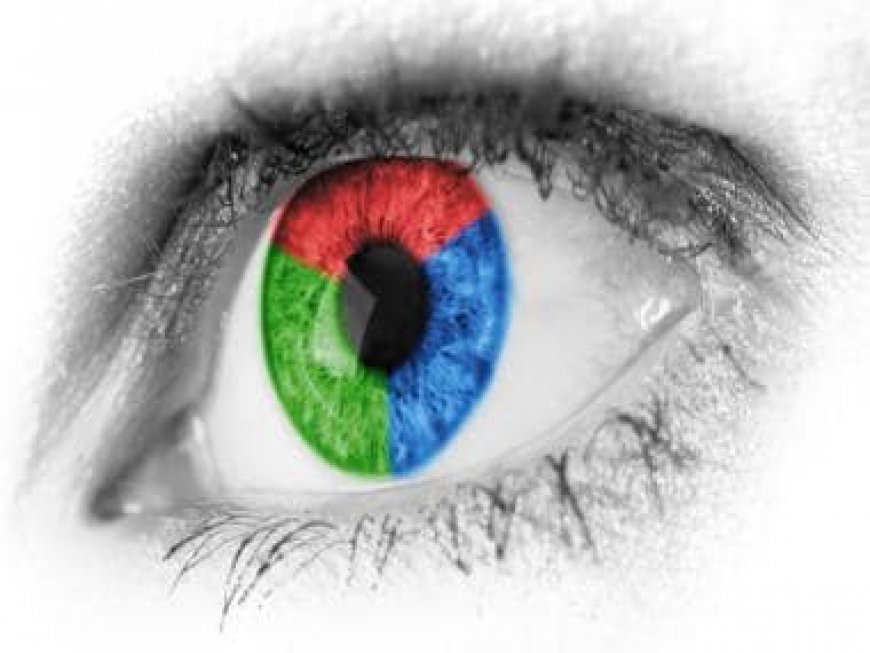How far can human eyes see... you will be amazed to know
How far can human eyes see... you will be amazed to know

The gift of sight is one of the most remarkable abilities bestowed upon us. Our eyes, the windows to the world, allow us to take in the beauty and wonders that surround us. Have you ever wondered just how far our eyes can perceive?
Join us on a journey as we explore the remarkable extent of human vision, delving into the factors that influence our sight range and unveiling the limits of our visual perception.
The human eye, with its intricate design and remarkable precision, is capable of perceiving a vast range of visual information. However, the distance at which we can see objects clearly is influenced by several factors, such as atmospheric conditions, the size of the object, and the keenness of our visual acuity.
Visual acuity, or the ability to discern fine details, plays a crucial role in determining the maximum distance at which we can see objects clearly. The average human eye can resolve details as small as 1/60th of a degree, which corresponds to a letter on an eye chart being read from a distance of 20 feet (6 meters). This measure is often used as a baseline for determining visual acuity.
However, it’s worth noting that individuals with exceptional eyesight or aided by corrective lenses may surpass this standard.
Atmospheric conditions also impact the distance at which we can perceive objects. Air pollution, haze, fog, and other environmental factors can limit visibility, reducing our sight range.
On a clear day, an average person with 20/20 vision can see objects clearly at a distance of about 4.7 kilometers (2.9 miles) in an open, unobstructed area. However, in ideal conditions with no atmospheric interference, it is possible to see much farther.
The size and contrast of an object also affect its visibility at a distance. Larger objects with higher contrast, such as a mountain peak against the sky, can be seen from further away compared to smaller, less distinct objects.
Similarly, objects with vibrant colors or distinct shapes are more likely to catch our attention and be visible over long distances.
It’s essential to acknowledge that our visual perception is not limited solely to the distance at which we can see individual objects.
Our eyes can also perceive the vast expanse of the universe. On a clear, moonless night, away from the city lights, our eyes can behold a starlit sky that stretches to unfathomable distances.
The light emitted by stars, galaxies, and other celestial bodies travels immense distances to reach us, providing a glimpse into the depths of the cosmos.
The ability of human eyes to perceive objects and marvel at the wonders of our surroundings is nothing short of awe-inspiring. While the distance at which we can see objects clearly is influenced by various factors, our visual perception extends far beyond mere physical limitations.
As we continue to explore the limits of our vision and uncover the mysteries of the universe, let us cherish the gift of sight that allows us to witness the beauty and grandeur of the world around us.
This article has been generated using Artificial Intelligence.
Read all the Latest News, Trending News, Cricket News, Bollywood News,
India News and Entertainment News here. Follow us on Facebook, Twitter and Instagram.
What's Your Reaction?

























































